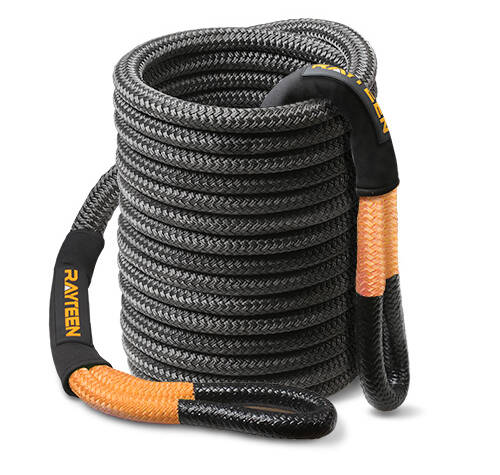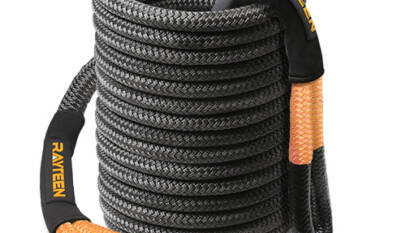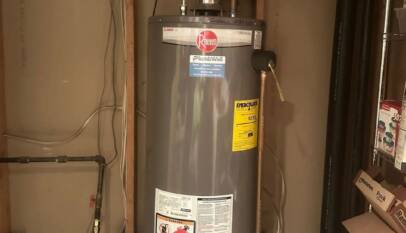
Getting stuck is a part of life off-road. Deep mud, loose sand, or a big pile of snow, sooner or later, all explorers are going to find themselves in the position where their truck requires a little push to free itself. One of the best investments for easy and rapid extrication is an excellent recovery rope. But with so many out there, what do you choose?
Selecting the ideal rope is a matter of considering strength, material, and use. The ideal kinetic recovery rope can make recovery easy and keep your vehicle intact. Let’s talk about how to select the ideal one for your off-road gear arsenal.
1. Determine the Appropriate Load Rating
All recovery ropes have an ultimate breaking strength, which in most instances is marked on the product. For rough estimation purposes, choose a rope 3 to 4 times your car weight for breaking strength.
Example:
A light SUV weighing 2,000 kg requires at least rope with a breaking strength of 6,000 to 8,000 kg.
Heavy-duty vehicles or off-road use may demand ropes of capacities 12,000 kg and above.
Choosing a smaller-capacity rope increases the likelihood of snapping, and an oversized rope will reduce the efficiency of kinetic energy transfer.
2. Be aware of Rope Length and Diameter
Most kinetic recovery ropes are 20 to 30 feet. A longer rope is more appropriate for recoveries on soft ground such as mud or snow to allow more space for the kinetic energy to develop. A shorter rope is more appropriate for tighter trails where more control and maneuverability are required.
3. Use Good Quality Materials
Premium nylon is the best choice for most kinetic ropes. It has better elasticity, strength, and abrasion resistance. Additional protective coatings or sleeved reinforcement are found on some ropes to minimize abrasion and maximize life in your recovery equipment.
When choosing a rope, look at the loops on each end. Double-braided loops are stronger, and protective sleeves guard against damage from rough edges or debris.
4. Assess Weather and Terrain Conditions
Remember the circumstances under which you’ll be using your rope. If you spend a lot of time traveling on water or snow, a water-resistant rope could be a good idea. Ropes exposed to a lot of sunlight over time also require UV resistance.
Some ropes are designed for heavy use and provide a bit of extra ruggedness in those situations.
5. Select a Complete Recovery Kit
A longer kit contains more accessories than a plain rope. Shackles, recovery gloves, and storage bags are typical elements of kinetic tow rope kits. Soft shackles, which are made of synthetic, are lightweight and less dangerous compared to hard steel shackles.
Being well-equipped with accessories allows one to prepare for any recovery situation.
Wrapping Up
Having the right kinetic tow rope for successful and safe off-road recoveries makes a difference. With regard to load rating, length, material quality, and terrain conditions, you will have more confidence in confronting challenging conditions. For the best kinetic ropes, choose reliable brands like Rayteen.
Spend money on a good rope, practice safety procedures, and have the peace of mind that comes with feeling completely prepared for your next adventure.
Why High-Brightness LCDs Are Crucial for Outdoor Kiosks
By offering self-service options throughout several industries, outdoor kiosks are changin…








